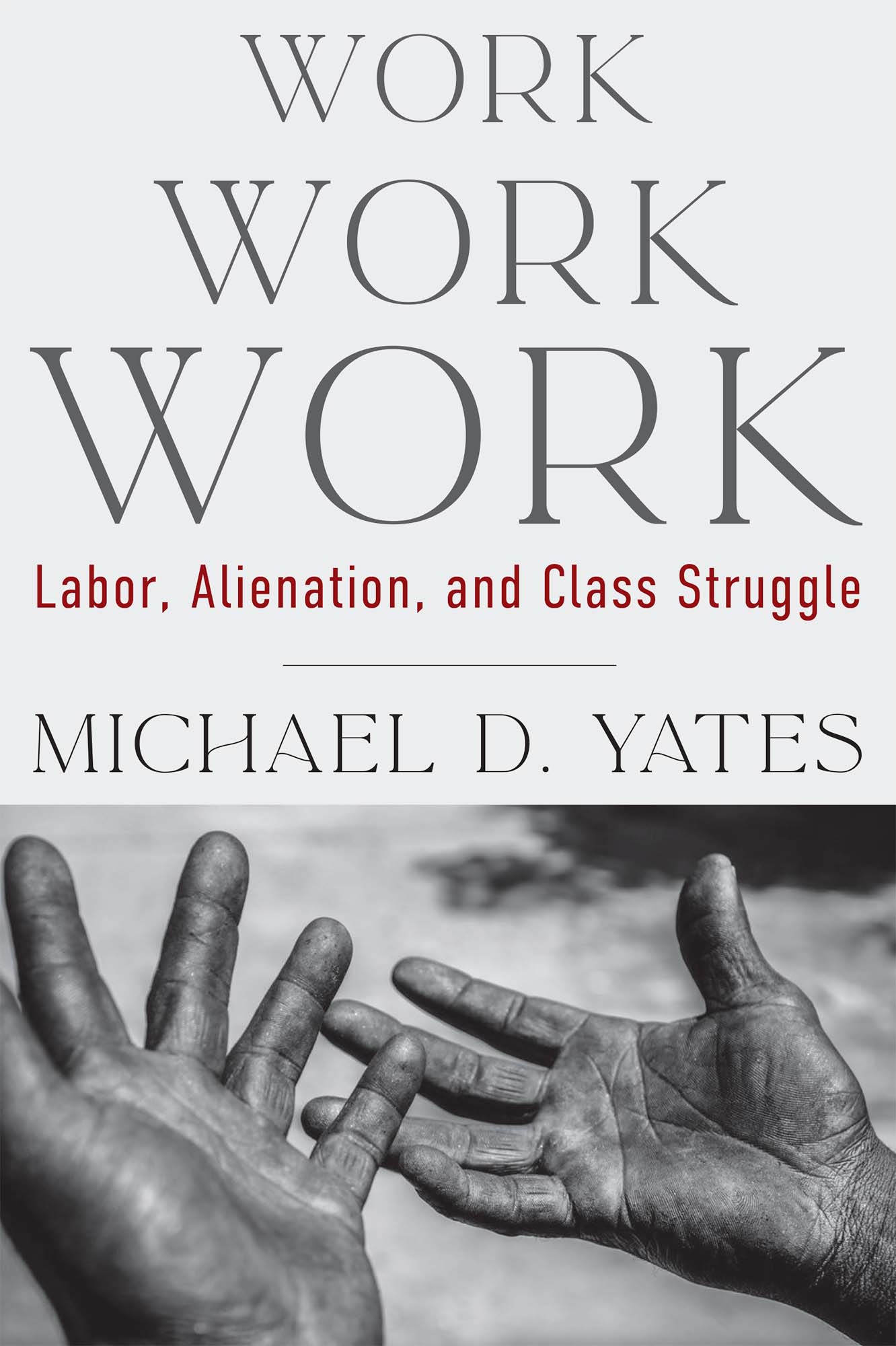Work could be different (Yates featured in ‘Labor Notes’)

…From the employer’s point of view, our labor power is simply a commodity, no different than the inanimate buildings, machines, tools, and raw materials purchased by businesses. Given our circumstances, we must sell this commodity to survive. But after we do, the employer has no guarantee that our capacity to toil will be converted into actual work effort.
Workers have always resisted their commodity status, finding ways to interfere with the smooth functioning of the labor process, such as riots, strikes, picketing, and boycotts. This has forced managements to devise ways to control us at work, so that we cannot interfere with the making of money. That’s the essence of management: control.
MECHANISMS OF CONTROL
A wide range of “control mechanisms” have been put in place by employers. Beginning in the late 18th century, workers were herded into factories, where they could be disciplined by the factory whistle and observed as they labored.
This watching—which today has reached unprecedented degrees, as in Amazon warehouses—gave rise to the splitting up of craft tasks into discrete and much cheaper details. Those without craft knowledge, initially women and children (often orphans), could be hired cheaply to do repetitive subtasks. This enhanced control by making workers interchangeable parts, greatly raising the number of people who could perform any particular job and making workers fearful of being replaced.
Soon some of the details were mechanized. Then a system of connected machines was invented, the assembly line, which made workers subservient to the relentless speed of the line.
The patron saint of managerial control and of the industrial engineers who discovered ever new methods of it was Frederick Taylor. He systematized what had gone before him in what came to be known as “scientific management.” The conception of work would be the sole duty of management, while workers would do their jobs according to a strict machine-like plan.
Since Taylor, employers have made many refinements and innovations in control. Human Resources departments were created, to sanitize the driven nature of modern work. Toyota brought us “Lean Production,” with its systematic hiring, team production, cross-training, just-in-time inventory, and the insidious kaizen or “continuous improvement.”
No matter what work a person does—white collar, blue collar, gig labor, you name it—control is the key to management success.
WORK COULD BE DIFFERENT
Unions and other forms of struggle have ameliorated managerial control. For example, there are laws and collective bargaining provisions limiting hours and protecting health and safety on the job. But control has not been eliminated, and for many workers, it has widened and deepened.
The result is that work alienates us and damages our bodies and minds. In June a UPS driver collapsed and died from heatstroke on a hot day in an overheated truck. Death, sickness, and emotional distress are all too common. We suffer all this so a few can be rich. And when we are worn out, we are discarded, replaced by others younger and stronger.
Read the rest at Labor Notes


